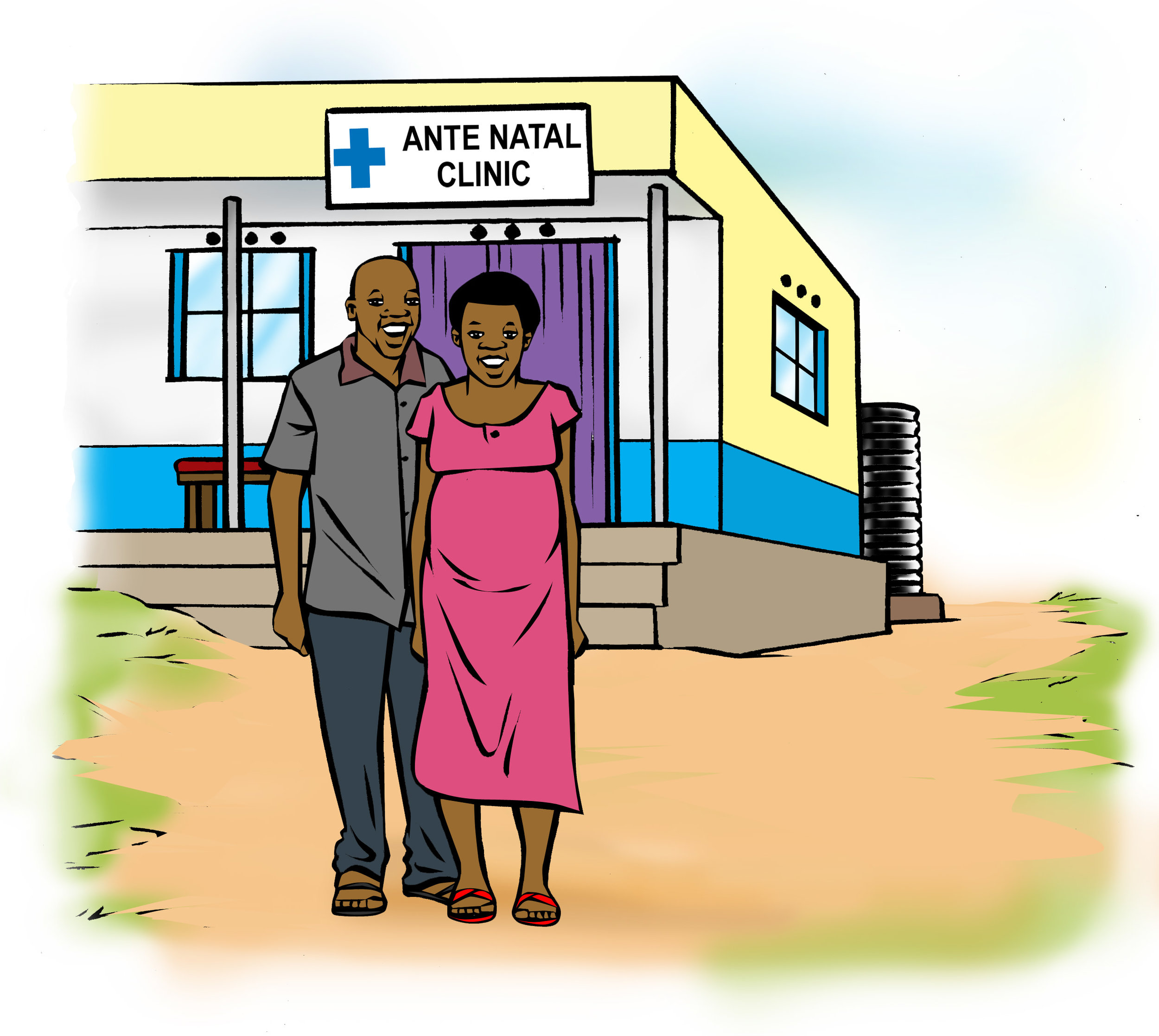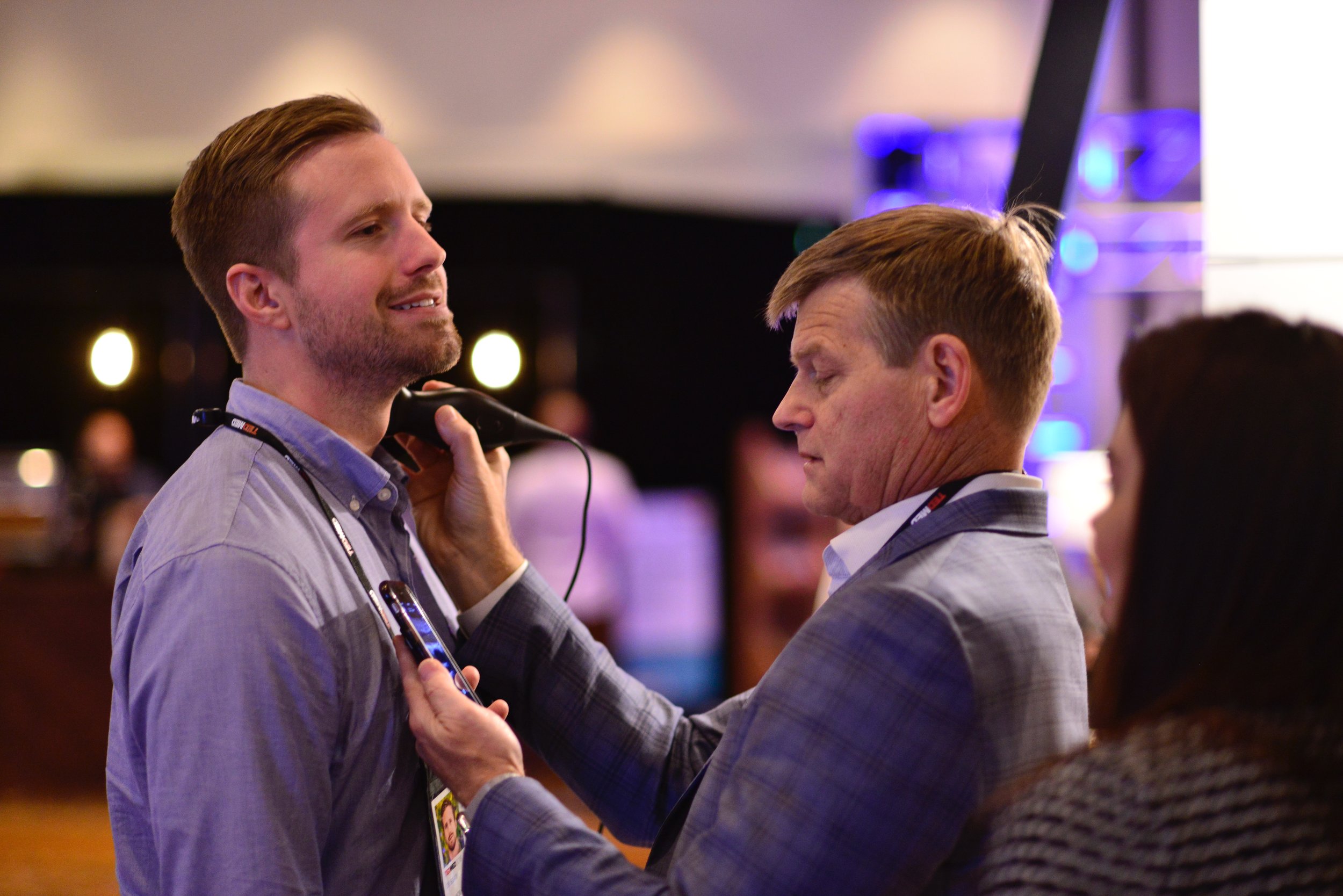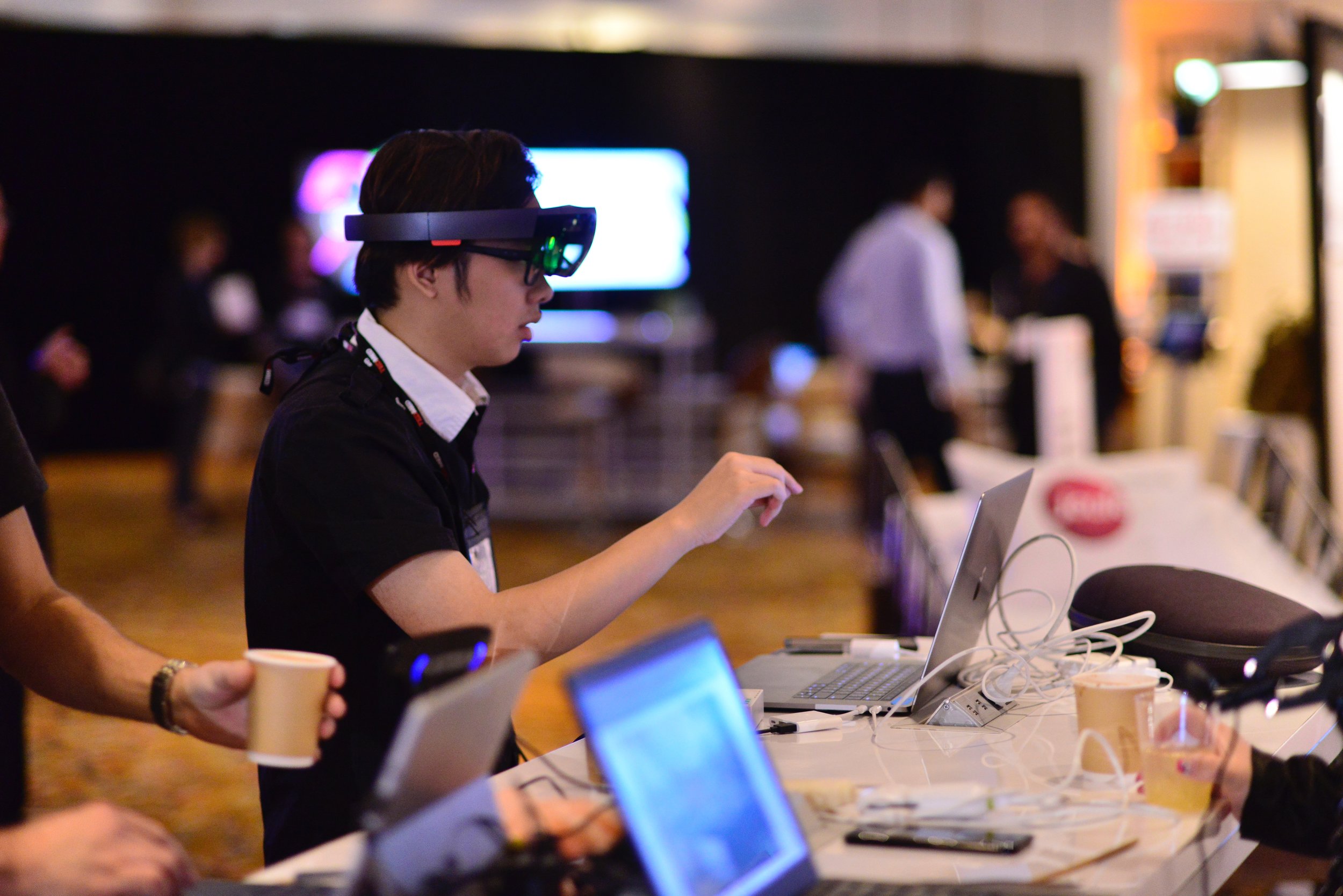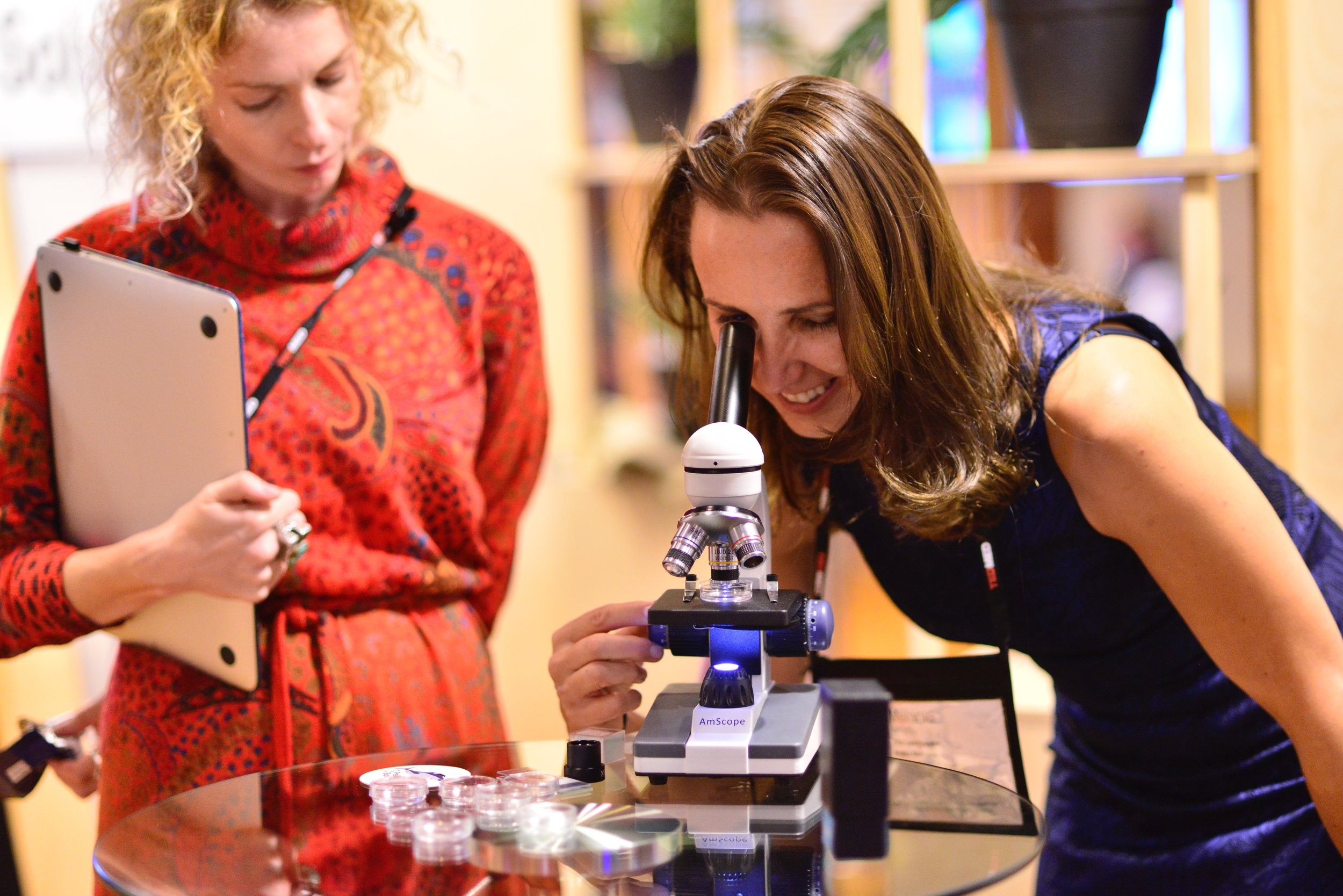Medgadget: When did you first get interested in expanding your video gaming interests into healthcare?
Sam Glassenberg: The whole thing happened by accident in 2012.
I’ve enjoyed an exciting and impactful career in the video games industry animating Star Wars cutscenes at LucasArts/LucasFilm and managing teams at Microsoft and elsewhere.
I come from a long line of doctors – my grandfather, both my parents, uncles, and my wife. I was the black sheep of the family that didn’t go to medical school.
Back in 2012, my father, who is an anesthesiologist at Northwestern in Chicago, asked me to put all this “video game nonsense” to good use and build him a fiberoptic intubation simulator for his colleagues and residents. “I don’t want to drag anyone to the sim center,” he said. “Make me something that’ll run on their iPads.”
Two years later he called me up and asked, “How many people downloaded that thing?” “I have no idea,” I responded. “Let me check.”
So I did. We had 100,000 downloads from doctors, nurses, and EMTs worldwide. At that point, I googled it and they had done efficacy studies on it that showed it improved physician performance. Clearly, this was fulfilling a major unmet need in the medical community.
In 2016, I decided to assemble a team of top video game artists, engineers, and designers – along with top physicians in their field and leaders from digital health to build mobile and VR video games for physicians, now becoming a go-to virtual patient platform that allows them to overcome clinical challenges they face in medical practice, learn new approaches and techniques, and keep up to speed on medical device and pharmaceutical products – all in the framework of an entertaining video game.
Medgadget: What was the biggest design hurdle transitioning from creating entertainment oriented games to medically accurate simulations?
Sam Glassenberg: Our company doesn’t have to make this compromise when creating our games. Our team of game designers, who have decades of experience making games across a number of genres [played by 100s of millions of users], are skilled at applying proven game design principles from entertainment-based games to our physician video games. They know how to capture the thrill and challenge of practicing medicine from first-person perspective surgical scenarios to complex diagnosis puzzles that translates to an engaging and fun experience for the physician, especially when you present competitive design mechanics like scoring, time limits and leaderboards.
Medgadget: Do you foresee Level Ex expanding to mannequins and simulation hardware?
Sam Glassenberg: No; I don’t see us heading in that direction. There’s an ecosystem out there already of companies selling simulators and mannequins into hospitals. Unfortunately, only a fraction of medical professionals can even access this ecosystem since these tools are locked away in a few hundred simulation centers or inconsistently used across hospitals due to cost, lack of realism, and/or limited use cases. We’ve found that our ability to deliver our high bar of realistic content on mobile gives us the ability to impact the practice of medicine at scale (we’ve already crossed 300,000 medical professionals in just a year).
Medgadget: If I gave you $1 billion to develop a product of any kind, what would you create?
Sam Glassenberg: In short: I’d fix EHRs.
Transitioning from a career in video games to healthcare has been a sequence of what I’d call, for lack of a better term, “face-palm-able” moments. Moments where we realize how gruesomely far behind-the-curve healthcare can be relative to other industries. To their credit, healthcare folks readily admit this and share their frustration.
Coming from video games, we are constantly uncovering the challenges doctors face in learning new techniques. The stories all follow the same arc, with a climax that’s some variation of: “Wait a minute – we solved that problem over a decade ago in the games industry!”.
At Level Ex, we’re solving the problem for physician training – which is an important step in improving both patient outcomes and physician job satisfaction.
What is even more crushing to physician job satisfaction? EHRs.
When I order a Lyft on my phone, the user interface has been tuned and optimized to the point that I literally have to move one finger the minimal possible distance with the fewest number of taps to order a car.
My wife’s a pediatrician. At night, I watch her type and click endlessly for hours into her EHR. Typing the same things – over and over again. Dragging her mouse for miles in a slow, unwieldy interface that looks straight out of 1991. She’s literally doing it right now as I type up the answer to this question.
This is someone who has spent a substantial percentage of her life, at considerable expense, learning how to be a doctor. I shudder to think of the billions of dollars wasted as specialists are relegated to data entry, not to mention the immeasurable cost of the resulting attrition.
Facebook, Google, Uber, Grubhub, Siri, video games – we’ve solved these UX and data entry problems many times over. With $1B I’d unleash that on EHRs and disrupt that entire industry.












